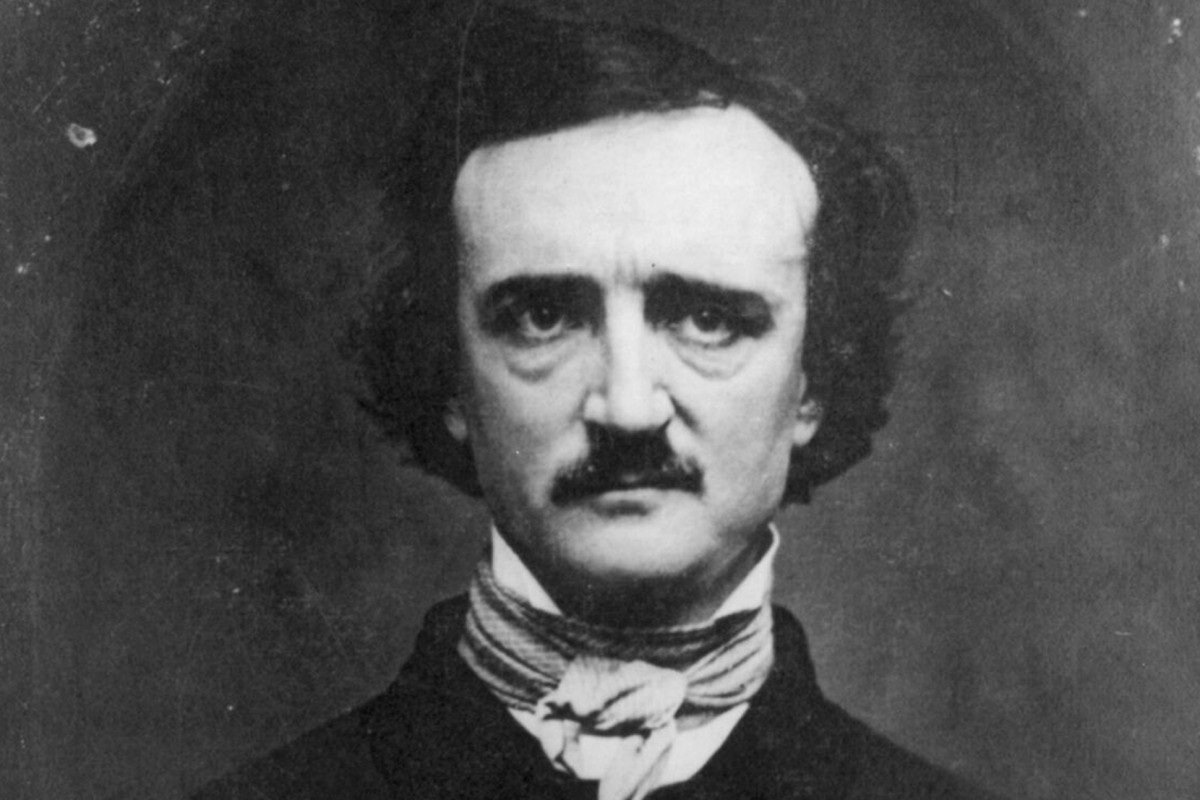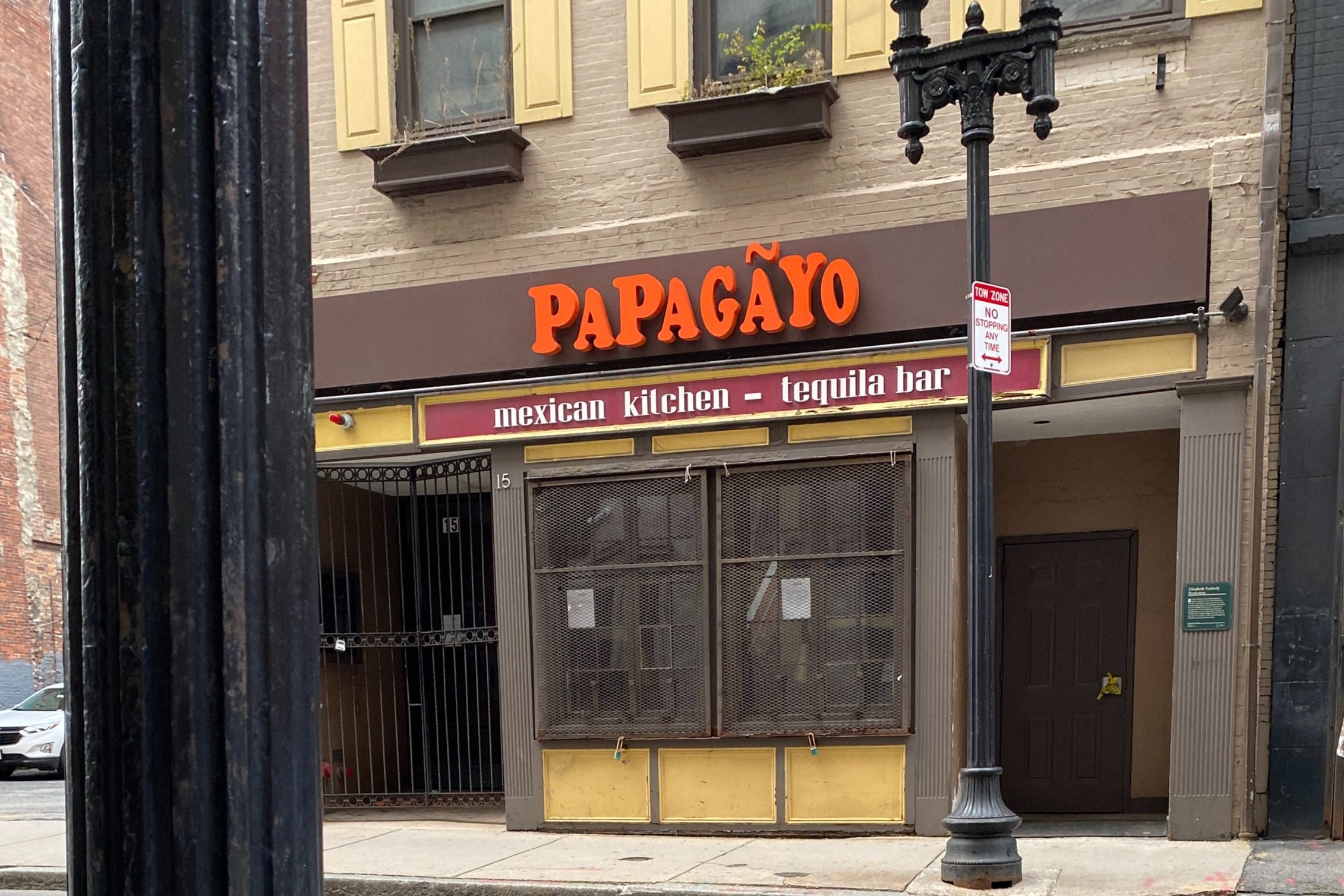
Boston Literary History
People
Helene Johnson (1906-1995) was born in Boston and raised in Brookline with her cousin Dorothy West, and began to write stories and poetry, winning a contest in the Boston Chronicle. She was also given honorable mention in Opportunity, and published in Vanity Fair. She was once considered one of the best poets of the Harlem Renaissance.
Image from Poetry Foundation
Fanny Goldstein was the director of the West End branch of the Boston Public Library from 1922-1957 – the first Jewish woman to direct a BPL branch – and in her time there she curated the second-largest collection of Judaica in the state, founded Jewish Book Week (which became the Jewish Book Council of America), compiled “must-read” lists of Jewish authors, and more. Learn more about her life and literary activism, and the lasting contributions she made to Boston and the world.
In 1842, Elizabeth Palmer Peabody (1804-1894) opened a bookshop on West St., which was located next to where the Brattle Book Shop is today. It was part bookstore, part publisher, and part literary meeting place. Probably the most well-known group that met there was the Transcendentalists at Margaret Fuller’s salon, and it was also where The Dial, the short-run Transcendentalist literary mag, was published. (Fun fact: Elizabeth’s sister Sophia Peabody married Nathaniel Hawthorne here in 1842.)
Known as the first published African-American poet, Phillis Wheatley (1753-1784) was born in Africa and sold into slavery as a child, coming to live with the Wheatley family in Boston. She learned to read and write while with the family, and wrote her first poem, “To the University of Cambridge, in New England,” at age fourteen. Her 1773 book of poetry, Poems on Various Subjects, Religious and Moral brought her renown in the Colonies and in England, as she wrote about contemporary events and people, including George Washington (who invited her to meet after she sent him a poem about him). Her later poems were published in various newspapers and pamphlets, but they were never published during her lifetime.
Edgar Allan Poe was born on January 19, 1809 in Boston, just blocks from the Common, where Poe Square sits. He published his first book, entitled Tamerlane and Other Poems, at a publishing house on Washington Street. “The Tell-Tale Heart” was published here, as were some of his last poems.
Yet Poe hated Boston. Read more.
Hannah Webster Foster published the novel The Coquette in 1797, based on a scandalous real-life tale. Find out more about the story behind The Coquette, Foster's life and work, and why her novel has endured into the 21th century in our article “Hannah Webster Foster” by Céillie Clark-Keane.
You may have grown up singing “America the Beautiful,” but do you know about the woman behind its words? Local author Clara Silverstein gives us the story behind the interesting life of Katharine Lee Bates — who was also a literature professor, prolific writer, traveler, and mentor. Read more in “Katharine Lee Bates, Poet of ‘America the Beautiful.'“
William Monroe Trotter (1872-1934) was raised in the Boston area, attended Harvard, and was one of the first Black men to be inducted into Phi Beta Kappa. In 1901, he helped found the Boston Literary and Historical Association, and co-founded The Boston Guardian with George W. Forbes, moving the offices in 1907 to the offices of Garrison’s The Liberator. (We highly recommend Black Radical: The Life and Times of William Monroe Trotter by Kerri K. Greenidge.)
Places
Old North Church | 193 Salem St., Boston, MA 02113
“Listen, my children, and you shall hear/Of the midnight ride of Paul Revere…” The Old North Church is, of course, famous as the start of Paul Revere’s ride in 1775 and the two lanterns — “one if by land, two if by sea” — set in the steeple. But it was truly memorialized in Henry Wadsworth Longfellow’s beloved 1860 poem “Paul Revere’s Ride.”
Alcott Family House | 20 Pinckney St., Boston, MA 02114
When Louisa May Alcott was 20 in 1852, the Alcott family moved (yet again!) from Concord to Beacon Hill. It was at 20 Pinckney Street when Alcott sold her first story, “The Rival Painters: a Tale of Rome,” and her first novel, Flower Fables. Read more in our article “Four Doors of Pinckney Street: Louisa May Alcott.”
Old West Church | 131 Cambridge St., Boston, MA 02114
Built in 1806, the Old West Church has had several functions in its time — one of them being the location of the Boston Public Library’s West End branch from 1894 to 1960. It’s also where two notable Bostonians worked: George Washington Forbes (1864-1927), the first Black librarian in the BPL system, and Fanny Goldstein (1895-1961), the first Jewish woman head of a BPL branch and founder of Jewish Book Week (read more about her in our article “The Librarian of the West End: Fanny Goldstein”).
Longfellow Bridge and Fanny Applegate Pedestrian Bridge | Beacon Hill, Boston MA 02114/Esplanade
The Longfellow Bridge, or the Salt and Pepper Bridge, is probably the largest literary-related site in Boston, named for poet Henry Wadsworth Longfellow (1807-1882). But the naming choice wasn’t random. Longfellow would walk over the West Boston Bridge (now the Longfellow) to visit his wife, Fanny Appleton (1817-1861) in Beacon Hill, and wrote about it in his 1845 poem “The Bridge.” Additionally, the new pedestrian bridge that connects to the Longfellow over the Esplanade, opened in 2019, was named for her: the Frances Appleton Bridge.
African Meeting House | 8 Smith Ct., Boston, MA 02114
Built in 1806, the African Meeting House was once a church, then a school, and now houses the Museum of African American History, which hosts the annual Stone Book Award. But this location also hosted authors Frederick Douglass, Maria Stewart, publisher William Lloyd Garrison, and others.
Sylvia Plath’s Home | 9 Willow St., Boston, MA 02108
Sylvia Plath (1932-1963), author of The Bell Jar and other works, and husband Ted Hughes, moved to Beacon Hill in 1958, though only stayed a year. However, when she was here, Plath attended Robert Lowell’s poetry course at BU, with fellow classmates Anne Sexton and George Starbuck. Legend has it that Sylvia Plath and Anne Sexton would head to the Street Bar at the Ritz-Carlton, now Newbury Boston, for martinis and free peanuts after class.
Louise Imogen Guiney | 16 Pinckney St., Boston, MA 02114
Louise Imogen Guiney was born in Roxbury in 1861 to Irish immigrant parents and lived at one point on literary Pinckney Street. In addition to being a poet “known for her lyrical, Old English-style poems that often recall the literary conventions of seventeenth-century English poetry,” essayist, fairy tale writer, biographer, and more, Guiney was also a cataloguer for the Boston Public Library.
Elizabeth Peabody’s Book Shop Site | 13 West St., Boston, MA 02111
In 1842, Elizabeth Palmer Peabody (1804-1894) opened a bookshop on West St., which was located next to where the Brattle Book Shop is today. It was part bookstore, part publisher, and part literary meeting place. Probably the most well-known group that met there was the Transcendentalists at Margaret Fuller’s salon, and it was also where The Dial, the short-run Transcendentalist literary mag, was published. (Fun fact: Elizabeth’s sister Sophia Peabody married Nathaniel Hawthorne here in 1842.)
Miscellany
The Make Way for Ducklings sculptures, based on the book by Robert McCloskey in the Public Garden will celebrate its 34th birthday this week on October 7. It was installed in 1987, and was created by sculptor Nancy Schön, based on the children's book. Fun fact: There's a duplicate in Moscow.
Photo from this WBUR story on Nancy Schön
These steps on Province Street near Downtown Crossing belong to the original Province House, built in 1679 and destroyed in 1922. The Province House was the inspiration for the stories “Legends of the Province House,” by Nathaniel Hawthorne in Twice-Told Tales.
The Club of Odd Volumes was formed on Mr. Vernon Street in Beacon Hill, with the objectives being “…to promote an interest in, and a love for whatever will tend to make literature attractive as given in the form of printed and illustrated volumes, to mutually assist in making researches and collections of first and rare editions, and to promote elegance in the production of Odd Volumes.”
Find the full article here!
Estes & Lauriat's bookstore opened on Washington St. across from the Old South Church in August 1872 — just three months before the Great Fire swept through downtown “toward the new store and threatening the whole city. The partners in the young bookselling firm watched the oncoming tide of flame with dread, but … worked feverishly to remove their stock to Beacon Hill from its dangerous proximity to the fire" (Lauriat's, 1872-1922).
Image from Boston Athenaeum



















